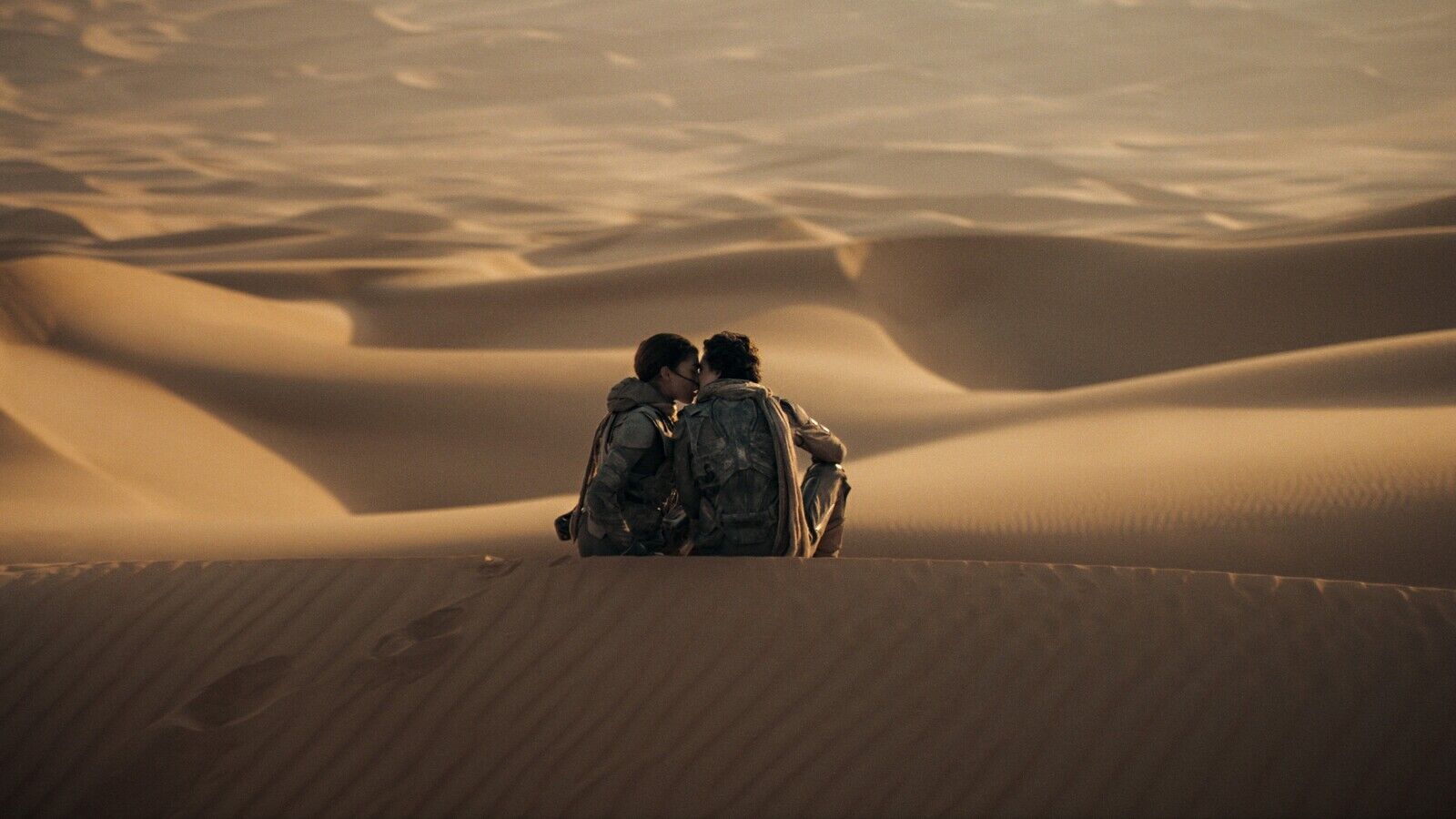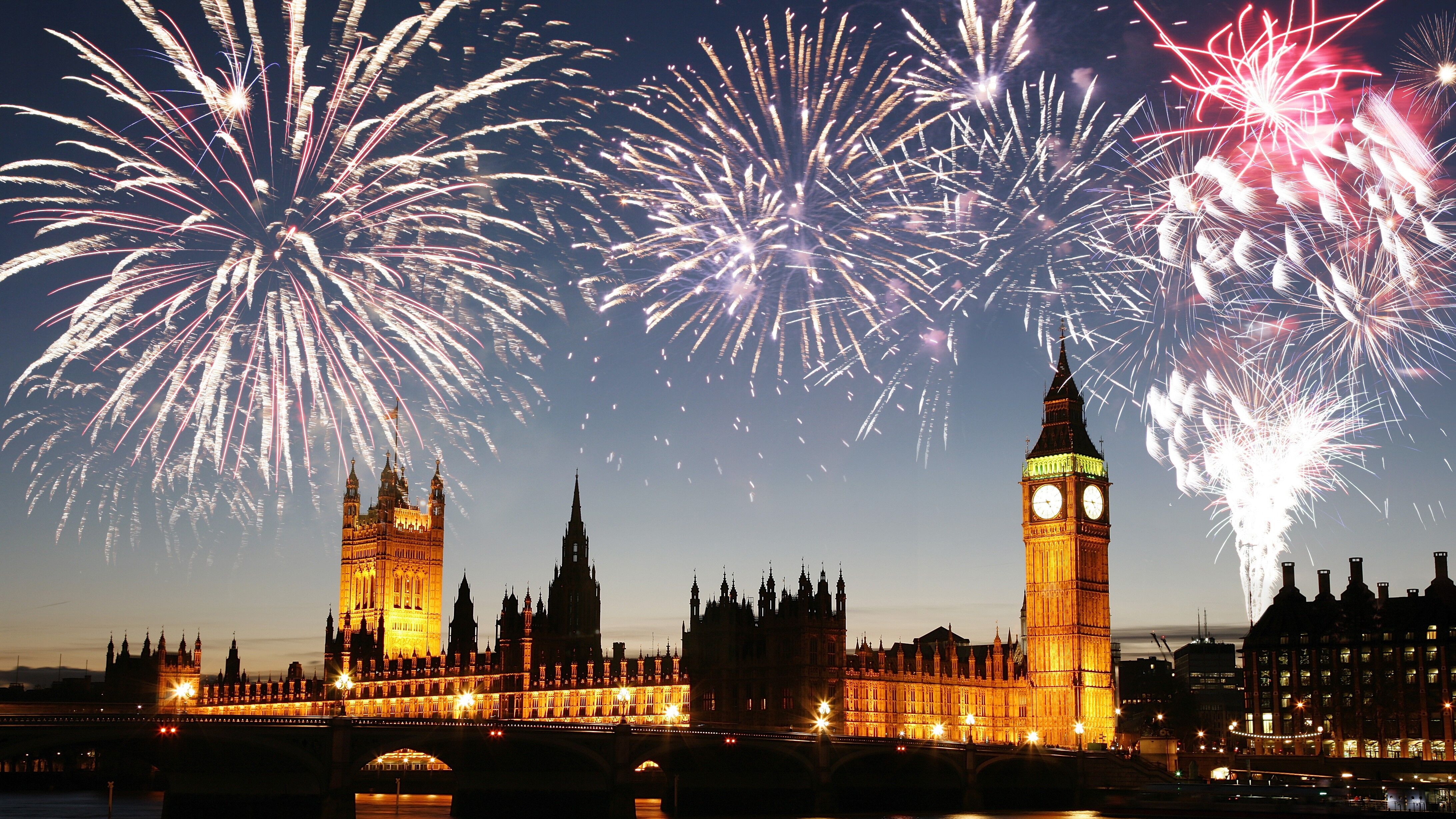The highly-anticipated sequel to the epic Dune: Part One had the challenge of communicating the deeper narrative of the original novels all the while creating a standalone film, reports Adrian Pennington.
Perhaps the standout sequence in Dune: Part Two is Paul Atreides’ triumphant ride of a colossal sandworm. It’s a scene that has been 40 years in the making since director Denis Villeneuve first drew storyboards of it as a teenager and required three months on location and considerable work by editor Joe Walker who compares it and other parts of the sequel to a Bond film.
“The very first thing I saw of Dune: Part Two was previz for that scene,” Walker tells IBC365. “It was meticulously worked out and shot by a dedicated unit under the command of producer and second unit director Tanya Lapointe but...
You are not signed in
Only registered users can read the rest of this article.
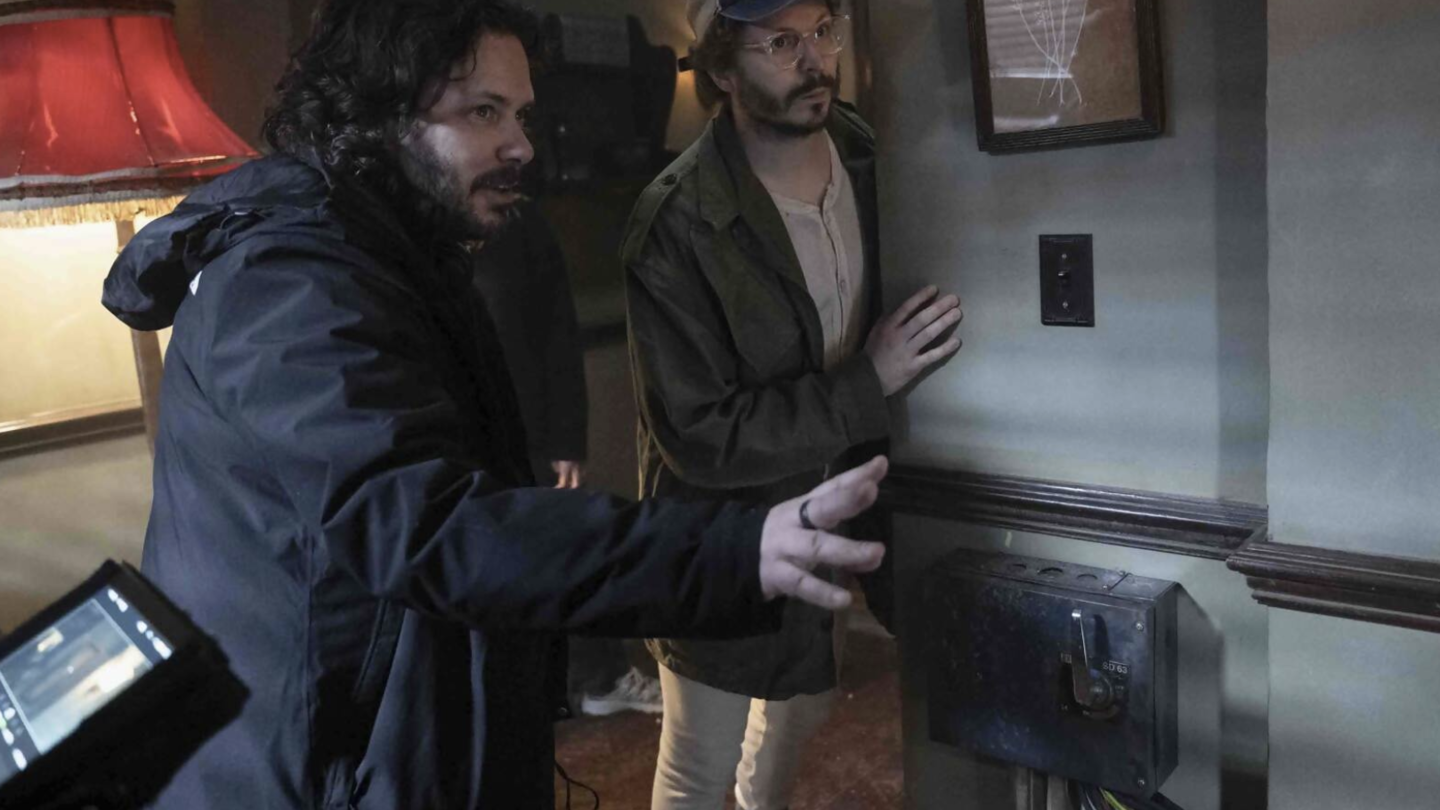
Behind the scenes: The Running Man
Scenes structured like Russian nesting dolls present Editor Paul Machliss with a challenge in completing this deadly reality TV show.
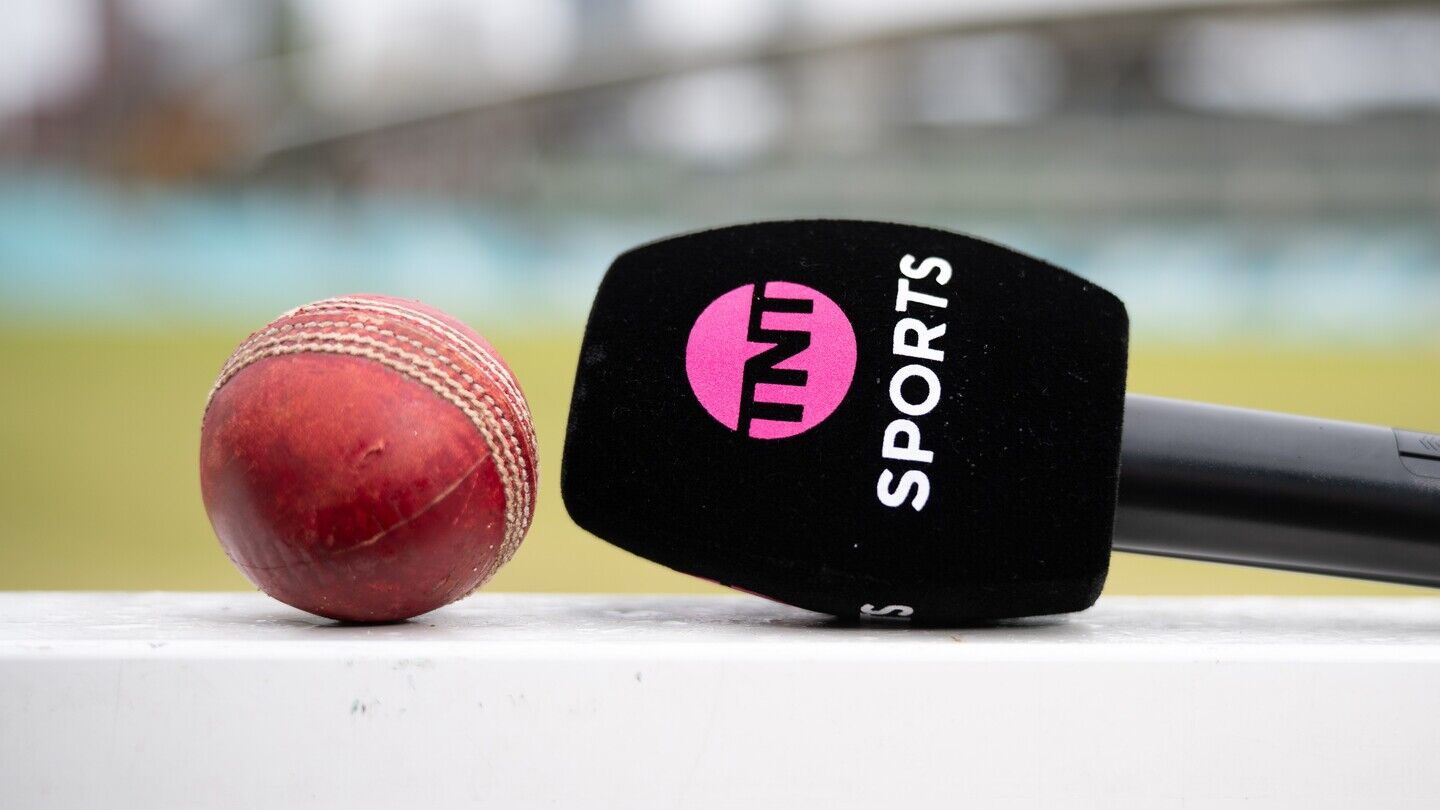
TNT Sports and The Ashes: “We need to be at the heart of the story”
TNT Sports takes a hybrid approach as England’s cricket team heads down under with a sporting chance of returning with a little urn. Adrian Pennington reports.

Behind the scenes: Frankenstein
Cinematographer Dan Laustsen tells IBC365 why he and Guillermo del Toro turned the classic nightmare, Frankenstein, into a love story of ice and warmth between father and son.
Behind the scenes: Good Boy
From casting his own dog as the lead to shooting at a dog’s eye level, first-time Feature Director Ben Leonberg has perfected a filmmaking process built entirely around a pet. The result? Critical acclaim and a viral smash for horror season.
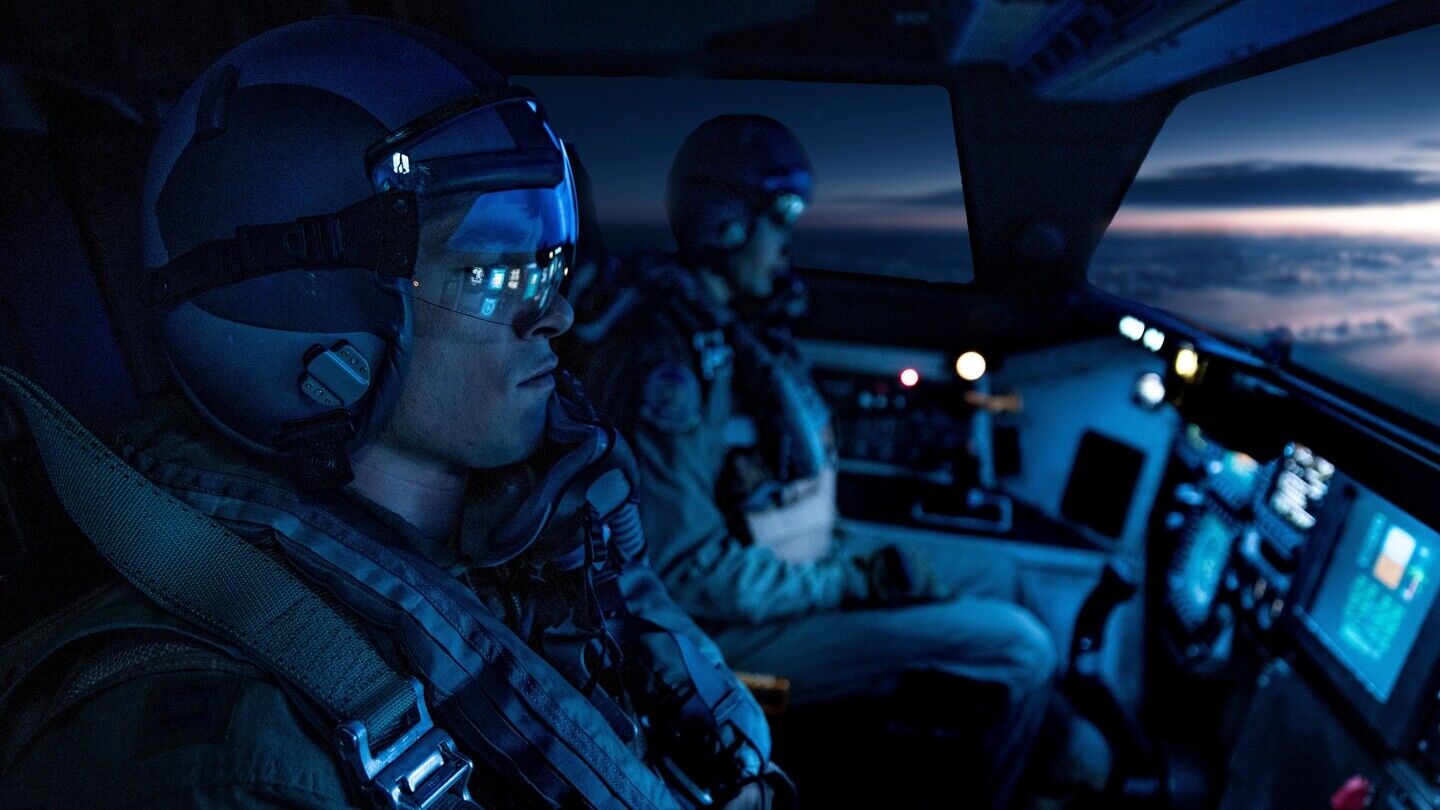
Behind the scenes: A House of Dynamite
Filmmaker Barry Ackroyd reveals how his camera work takes audiences inside the command bunker and gives them no control over the final countdown to nuclear Armageddon.

